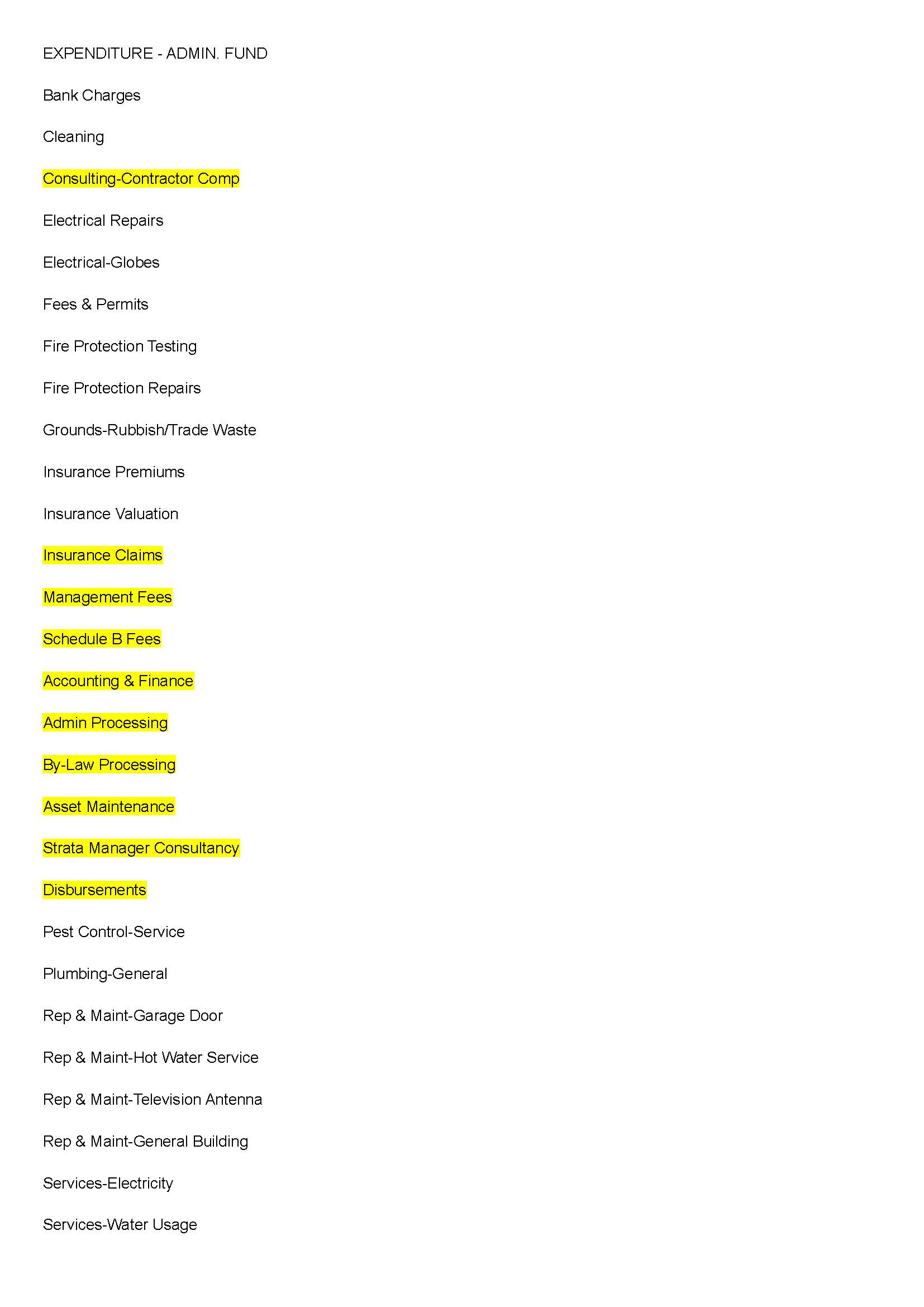It might be the most overused word in strata management marketing. Transparency. Overused, and misused.
There’s more to transparency than disclosing insurance commissions.
Transparency in professional services means being open and honest. It involves clearly showing how a business operates, shares information, and interacts with clients and stakeholders. And stakeholders include employees. So, there are two dimensions to transparency: an external (client facing) dimension, and an internal (employee facing) dimension.
Let’s start with clients and being open, honest, and clear about management fees. An acquaintance recently asked for help to work out how much their strata manager was charging for managing their 10-lot strata. And they were the chair. And had been for some time. First fail.
They wrote:
Hey Michael,
Can you break down what’s in (strata management company’s name redacted to protect the guilty) cut of our strata fees?
It takes up more than half of our strata and I never hear from … I forget his name because I never get anything from him.
I understand there are insurance costs, maintenance costs etc., but how much are they taking?
Here’s why they felt confused. This is an extract from the accounts. Out of 28 line items, fees for the strata manager and related parties made up over one third (10). This didn’t include the tax return fee in the capital works accounts. Second fail.

Ironically, after trawling through the general ledger, we found that in this case, no insurance commission was received. The fees for the strata management company and its related parties were 14% of the combined administrative and capital works levies. Much less than 50% as the chair expected. Death by obfuscation.
There is little academic research in Australia on what drives client satisfaction in strata management. However, recent research from Taiwan[i] about residential and mixed-use building management is helpful. Their property management system is a hybrid of our strata management and building management systems. Close enough for present purposes. The research found that transparency and accountability in service delivery rated third in the top 10 drivers of satisfaction. The broader concept of transparency underpinned five of the top 10 drivers. Transparency in strata is worth more thought.
As for the internal (employee) facing dimension of transparency, again the research is telling. 86% of leaders in the Deloitte 2024 Global Human Capital Trends survey say the more transparent the organisation, the greater the workforce trust. Internally, trust matters. It’s what holds a business together. Staff turnover in strata is 33% per annum. Much higher than the national average across all industries of 7%. This suggests that trust within strata organisations is as low as trust externally between owners and managers.
If transparency means being open, honest and straightforward, then it’s not hard to know what must be done. What’s hard is change, but that’s what’s required both in the way we deal with owners, and the way we deal with our people.
[i] Ting-Yi Chiang and Yeng-Horng Perng, ‘A new model to improve service quality in the property management industry’ (2025) International Journal of Strategic Property Management https://journals.vilniustech.lt/index.php/IJSPM/article/view/5226






